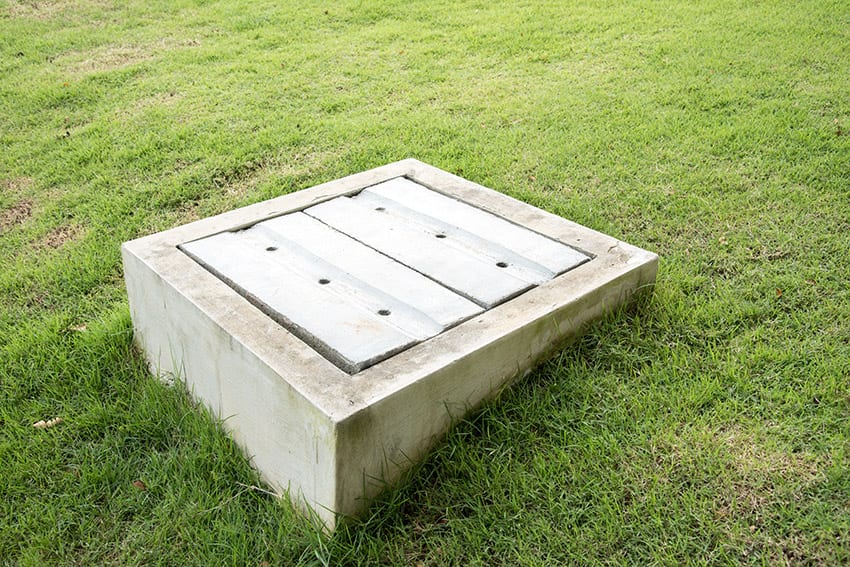(Stock Photo)
The Barbados Water Authority (BWA) is reporting an increase of fats, oils and grease (FOGs) in the country’s sewer system, and is appealing to the public to practise proper disposal of FOGs.
BWA’s Sewerage Foreman, Coswin Carrington, stressed “that fats, oils and grease in wastewater from cooking may not appear harmful when it is warm, but as the liquid cools, the grease solidifies and congeals to form clogs and mats in sewer pipes”.
Mr. Carrington added that the use of grease traps can be effective in controlling and reducing the amount of FOGs that enter into the sewer system.
He noted that the proper installation and maintenance of grease traps would ensure separation of FOGs from the wastewater, before it enters the sewer system.
Some common foods that contain FOGs are meats, sauces, gravies, soups, deep-fried foods, cheeses, salad dressings, baked goods and butter or margarine.
The BWA is further appealing to householders and restaurants to refrain from placing FOGs down their kitchen sinks. Here are some best management practices and procedures that may be utilized to assist in the disposal of FOGs.
Tips for Householders and Restaurants:
- DO NOT put cooking oil, fat or grease down the sink.
- DO NOT pour waste oil, fat or grease down the floor drain.
- DO NOT put food scrapings in the sink.
- DO NOT rinse with hot boiling water to dissolve FOGs.
- DO NOT sweep waste into floor drains.
- DO wipe and scrape pans and utensils before washing.
- DO put food scrapings into the trash.
- DO collect waste oil in an empty container for collection.
- DO wipe up grease spills before using water.
- DO clean grease traps often.

(Stock Photo)
Tips for Using Grease Traps:
- Install a grease trap (which is in keeping with the approved design by the EPD);
- Hire a professional maintenance service to clean external grease traps. They have the necessary equipment and will dispose of the solid and liquid waste that accumulate in the grease trap;
- Due to the odours that may be produced, it is strongly recommended that persons schedule grease trap maintenance during non-business hours. Frequent cleaning will help minimize odours;
- The minimum cleaning frequency required for external grease traps installed by food service establishments is four times a year. For some of these establishments, more frequent cleaning intervals may be necessary;
- Train all staff about grease trap cleaning and its importance, and provide employees with the proper equipment for cleaning the grease trap;
- For internal grease traps, every week use a plastic scoop to remove the grease layer, leaving the water behind. However, empty the entire contents of the grease trap at least once a month; and
- Keep a record of the dates cleaning was done, should an inspector request the information.
Mr. Carrington pointed out that some people may say that they hardly pour FOGs down the drain, but he stressed “every little bit adds up”, and the continuous improper disposal of FOGs put a strain on the operations of the island’s two sewage treatment plants.




